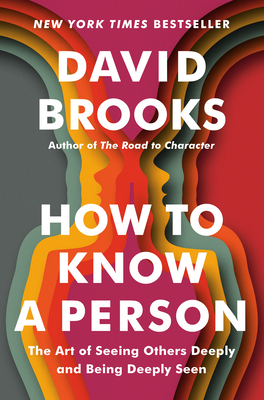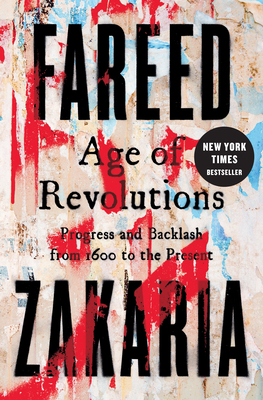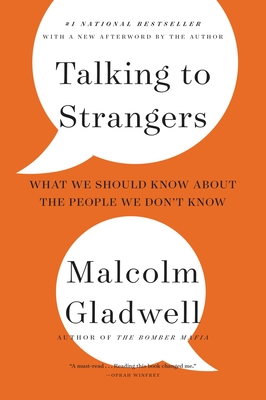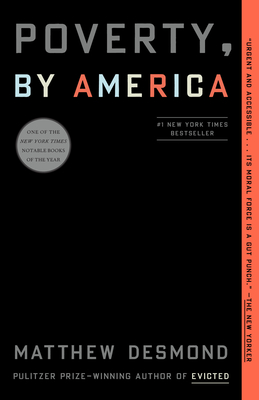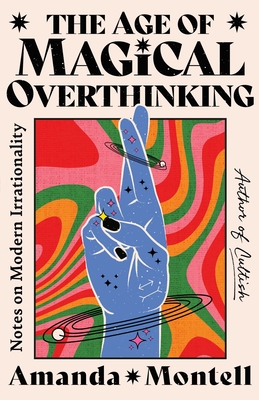
Pedagogy of Humanization: Preparing Teachers for Culturally Sustaining Classrooms (Educational Psychology: Meaning Making for Teachers and Learners)
Description
The purpose of Pedagogy of Humanization: Preparing Teachers for Culturally Sustaining Classrooms is to build a critical mass of educators who know how to employ the principles of critical pedagogy in elementary classrooms. This includes attention to the various knowledge, skills, and dispositions required of critical pedagogues in their curricula, instruction, assessment, classroom environment, and relationships. From Critical Race Theory (CRT) to restorative justice-oriented classroom management, the theoretical is made practical. Moreover, the structure of the book follows the curriculum of a traditional teacher education program, making it complementary to any teacher education course.
The Pedagogy of Humanization is the first book to bring together the practice (how) and theory (what and why) of inclusive and asset-based teaching. In this book, a group of teacher-educators across disciplines explore their personal and professional identities to reveal the potential for applying each tenet of culturally relevant pedagogy in their respective fields. Filled with anecdotes, exercises, user-friendly theories and examples, readers will learn how teachers can humanize themselves to have the capacity to be effective teachers of children who have been dehumanized and underserved by traditional teaching and schooling.
Pre-service teachers will read this book so that they can connect the material they study in teacher education courses to the daily work of being an educator who aims to be justice-oriented. However, this is not a "foolproof" guide or "how-to" manual that could be completed without direct support from mentors and colleagues. Instead, readers will practice the sort of engagement in individual and community growth that ignites the possibility of teaching as a force for social change. In many ways, chapters of the text could be used through a flipped classroom approach whereby facultyinvert the typical cycle of content acquisition and application. The book will prove to be a valuable resource as a teaching text in classrooms devoted to critical pedagogy, Critical Race Theory, social justice, and other topics necessary to produce teachers who are prepared to maximize their effectiveness in educating today's students.



